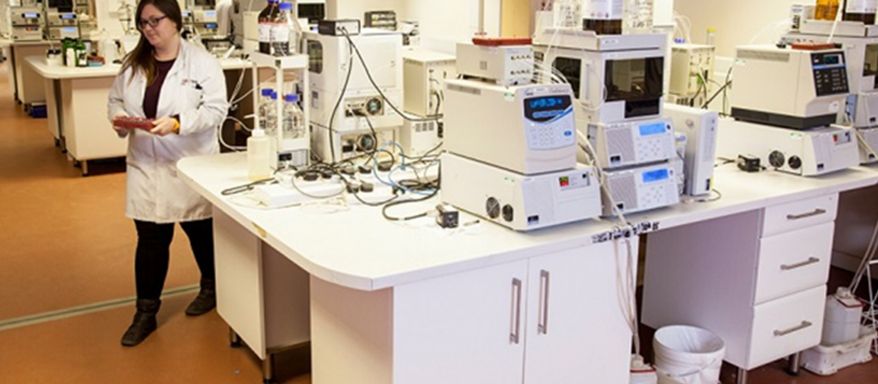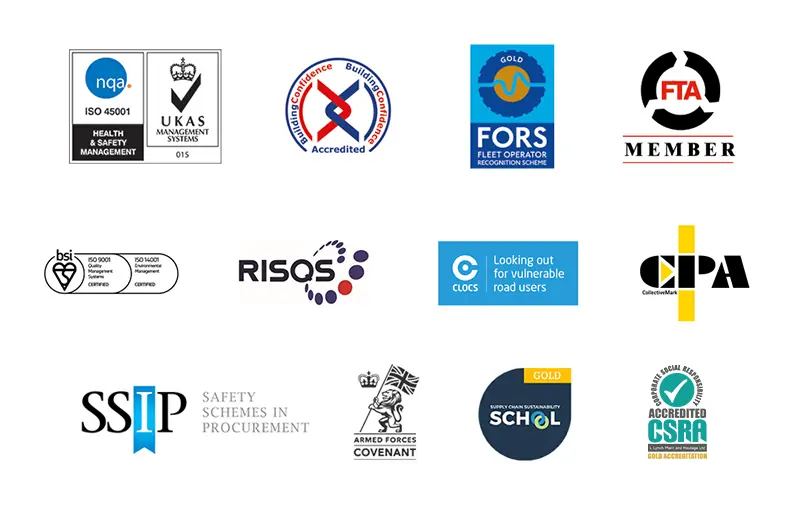Once we have the results back from the lab we will analyse these in house to look for the best possible solution for the material, we will send a copy to you, and also to the possible receiving sites for final confirmation, and we will then subsequently provide you with a quote for the material
FAQ
Why do I need to classify soil for disposal?
The Waste Framework Directive (2009/98/EC) defines waste as any substance or object which the holder discards or intends to discard. Waste classification is required so that all parties know how to manage the soils, whether it is disposal, treatment or recycling, this will also allow everyone involved to know what risks are involved in the handling of the waste, and if any specific precautions need to be taken. It should be noted that the duty of care for correct waste classification lies with the waste producer.
How do I classify my waste?
If you believe the site to be contaminated, or there is a possibility of the site being contamionated, waste classification is a two-stage process. The soil will first be tested for organics, inorganics, metals, asbestos and hydrocarbons, the results for this testing will be used to classify the material as either hazardous or non-hazardous waste, following the procedure in Environment Agency Document WM3.
This review will provide us with a List of Waste code (LoW), which will confirm if the material is hazardous or non-hazardous. Common construction project examples are 17-05-03* for hazardous soils and 17-05-04 for non-hazardous soils.
WAC testing will only be needed if the soil is going to be taken to landfill.
What happens next?
Once the waste has been classified one of the following will happen:
- Non-Hazardous Soils – This can be taken away as non-hazardous waste to a licenced facility that can take this material. Alternatively, a WAC test can be carried out to see if the material can be taken to an Inert Landfill
- If the expectation is that the material will be utilised for Beneficial re-use (Quarry Restoration, Capping, etc), WAC testing should not be required providing the initial classification has taken place.
- Hazardous Soils will require hazardous WAC testing prior to disposal. If the soil exceeds hazardous WAC criteria for the landfill it cannot be disposed of without treatment.
Can I not just use a WAC?
EA guidance states that waste cannot be classified with WAC testing. WAC testing only tells the receiving site how the soil will behave when it has been landfilled. A WAC test is only required if the material is being sent to a permitted landfill.
.jpg)


